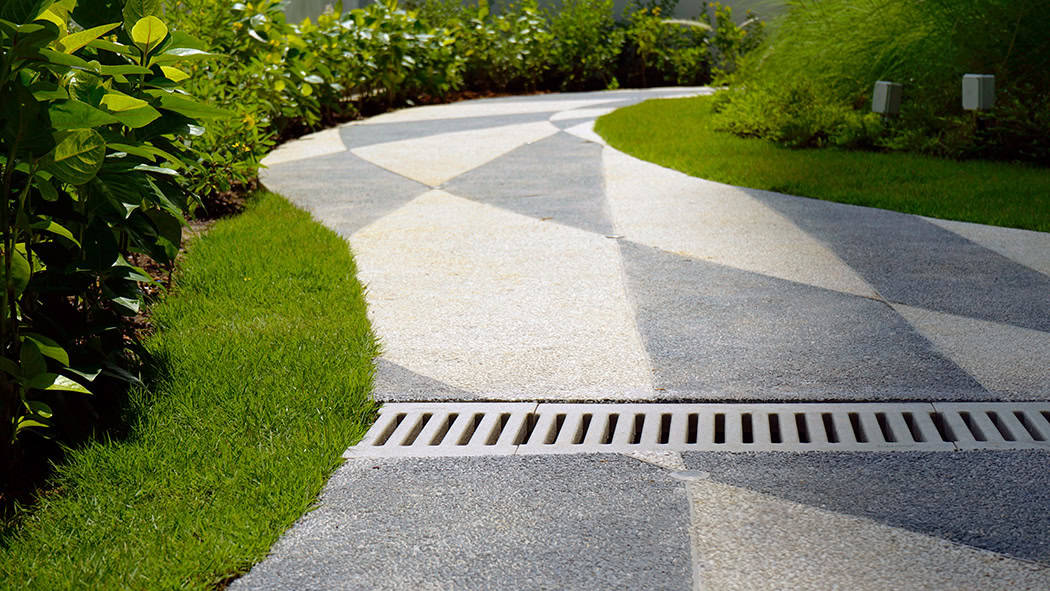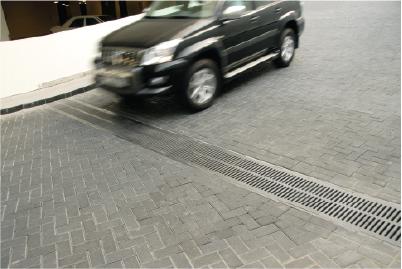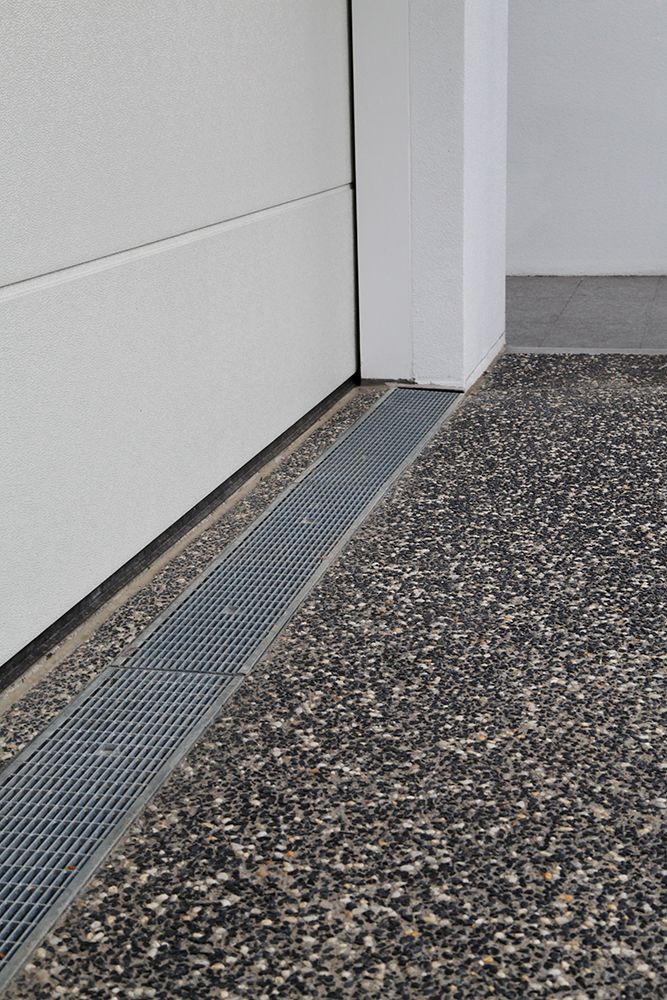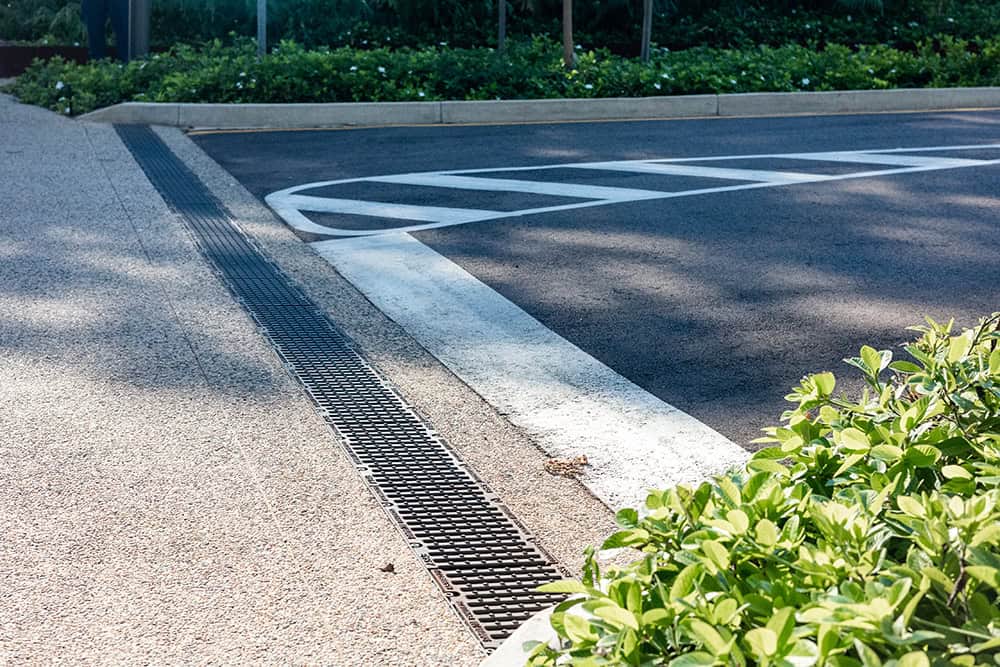Protecting & caring for your home is a top priority – solar, security and landscaping just to name a few things. Something that tends to be overlooked is a water drainage solution for external areas of your house. Ensuring there is adequate drainage is crucial to prevent potential damage.
Why your home needs drainage
Sufficient drainage is essential for your home for a few reasons
Foundation Issues
Ideally, land will slope away from your home to move water runoff off the property. Not all properties slope this way- some slope toward the home which means water runoff is directed at the foundation of your home. Excess water can seep into the ground and weaken the foundation of your home, causing cracks and structural damage. By installing proper drainage, you can redirect the flow of water away from your property, preventing potential water damage and saving yourself from costly repairs in the future.
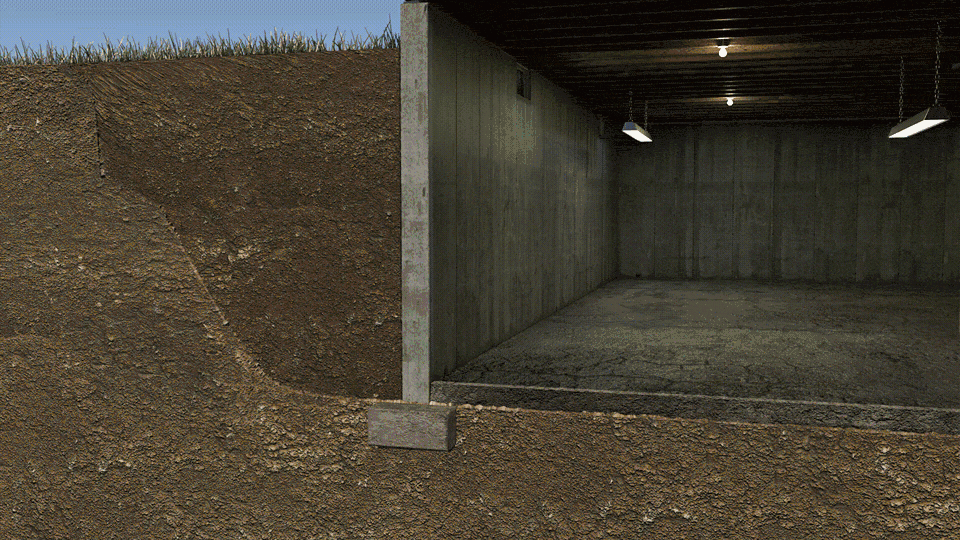
Landscape Erosion
Water can pool in your garden or lawn, leading to soil erosion and damage to grass, trees and other landscaping. Standing water attracts pests like mosquitos.
Driveway Deterioration
One of the most severe consequences of poor driveway drainage is damage to the foundation of your home. When water is not adequately diverted away from the driveway, it can seep into the ground around your house. Over time, this excess moisture can erode soil supporting the foundation, leading to cracks and potentially structural instability.
Increased Maintenance Costs
Neglecting driveway drainage can result in maintenance costs over time. Regularly dealin with issues such as filling potholes, repairing cracks and cleaning up after flooding can add up quickly. Investing in proper drainage solutions initially can save you from these recurring expenses and stress that comes with constant repairs.
Drainage Solutions
Proper Grading
Installing Trench Drainage Systems
When selecting a driveway drainage system, consider the slope of your driveway. A steeper slope may require a more robust drainage system to effectively redirect water. This is because water tends to flow faster on steeper slopes, increasing the need for a system that can handle the higher volume and velocity of water. On the other hand, if your driveway has a gentle slope, a less complex drainage system may suffice.
Permeable Paving
Regular Maintenance
- Cleaning DrainsRemoving debris from drains and gutters to prevent blockages
- Inspecting for DamageRegularly checking for cracks, potholes and other damage that can impede damage
- Clearing VegetationEnsuring that plants and roots do not obstruct drainage paths

